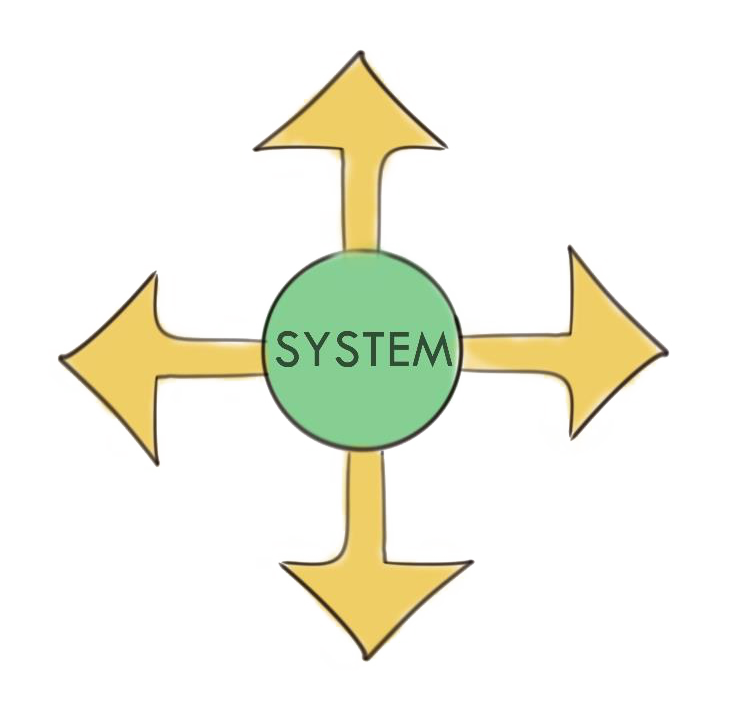9. Solutions
Proposing alternative configurations of the sociotechnical system, aiming to realise the vision.
At a glance
Goal
Generation of complete solution space.
Input
System boundaries + vision
Methods
Storytelling, morphological method
Relative workload
High
Output
A number of internal scenarios/solutions
Steps
1. Generate ideas for solutions and elaborate on the solutions using morphological analysis or different creativity techniques. Shorten the list of the obtained solutions (if required).
2. Describe the obtained solutions (using pictures, textual descriptions or in another way).
3. Give concise titles to each solution.
Solutions or internal scenarios?
Solutions refer to the possible realisation of alternative configurations of the sociotechnical system under study in the future, also called internal scenarios. The proposed solutions/internal scenarios should be on a system-level, cover different aspects of the problem and fulfil the needs previously identified.
A main challenge is to focus on system innovation rather than system optimisation.
Internal or external scenarios?
Note the difference between internal and external scenarios (Pereverza et al., 2015):
“Whereas internal scenarios refer to the possible realizations of a sociotechnical system under study in future (hereinafter called ‘solutions’), external scenarios refer to possible futures formed by external conditions with respect to this system.”
In this manual, we adopt the same approach. In other words, whereas internal scenarios/solutions are created as a part of the backcasting process, external scenarios refer to possible futures in a more general/broader sense, formed by conditions external do the sociotechnical system under study (also called drivers) that shape the future within which the system exists. The project management team and other involved stakeholders have very limited to no influence over the external scenarios, but must instead seek to understand and adapt to how these could impact the sociotechnical system.
When consulting strategic management or future studies literature, it is important to keep in mind that ‘internal’ and ‘external’ scenarios could be used in a different way.
Challenges
- Cognitive biases – e.g. anchoring, availability heuristic, confirmation bias, and many others.
- “Groupthink effect”
- Lobbying by some actors / preventing certain options to be discussed (in participatory processes)
- Dominant practice of system optimisation instead of system innovation.
Morphological analysis (MA)
MA is a technique for exploring all the possible solutions to a multidimensional, non-quantified complex problem.
Data collection
Different types of data can be used for inspiration. However, be aware that you should aim for system innovation rather than optimisation and that your system configuration ultimately is unique, meaning that you should be careful not to limit your thinking by looking for existing solutions used in other contexts.
For more information about data collection, see participation and context.
Participatory elements
A limited number of solutions can be discussed during a workshop with stakeholders. For more information about participatory elements, see participation and context.
Further reading
- Pereverza, K., Pasichnyi, O., Lazarevic, D., & Kordas, O., 2015. Developing urban energy scenarios–morphological analysis in the participatory backcasting framework. BIWAES 2015, 235.
- Pereverza, K., Pasichnyi, O., Lazarevic, D., & Kordas, O., 2017. Strategic planning for sustainable heating in cities: A morphological method for scenario development and selection. Applied Energy, 186, 115-125.
- Ritchey, T., 2006. Problem structuring using computer-aided morphological analysis. Journal of the Operational Research Society, 57(7), 792-801.
- Ritchey, T. & Arciszewski, T., 2018. Technological Forecasting and Social Change. Technological Forecasting and Social Change, Editors’ introduction, 126, 76-80.
